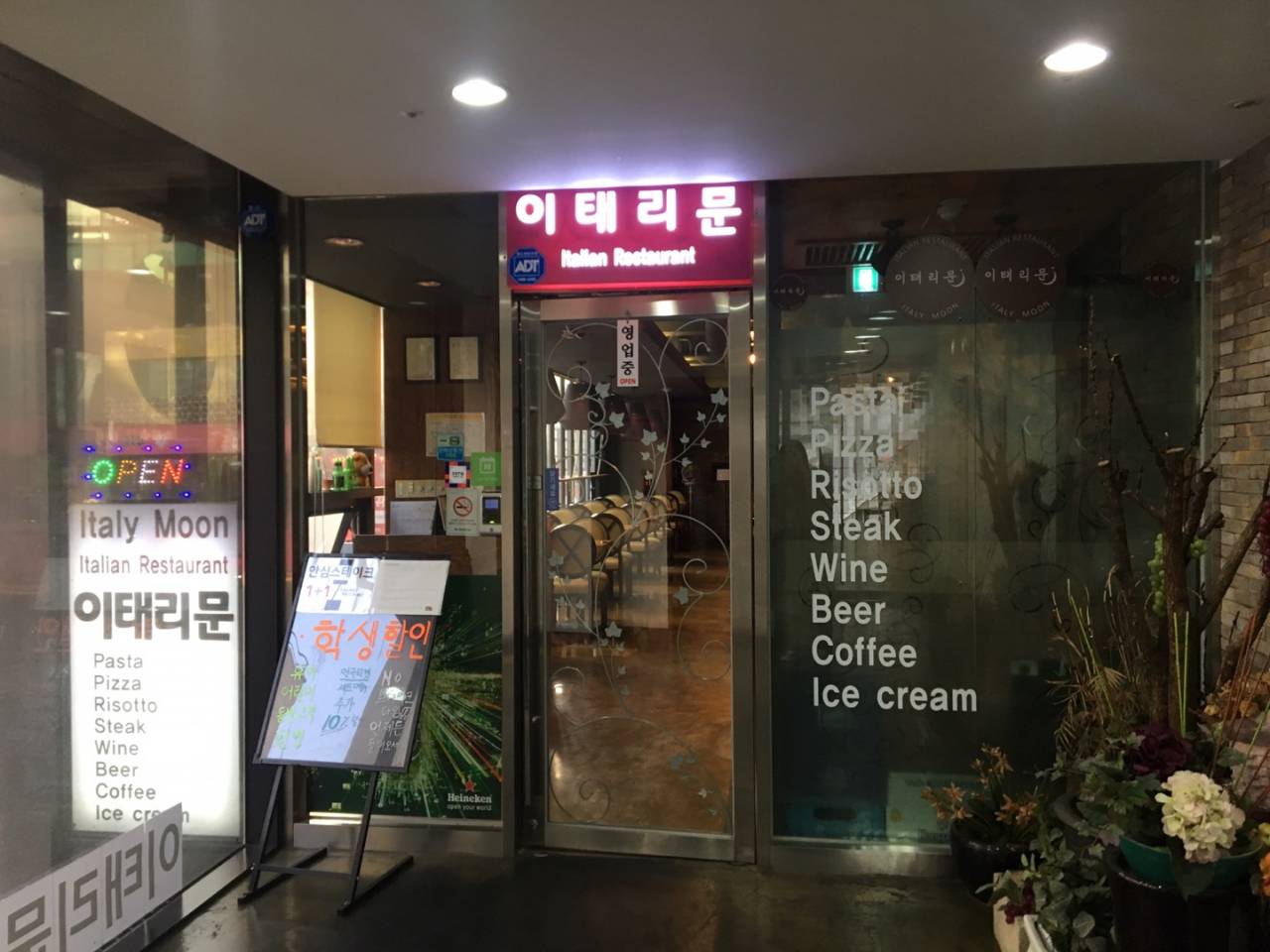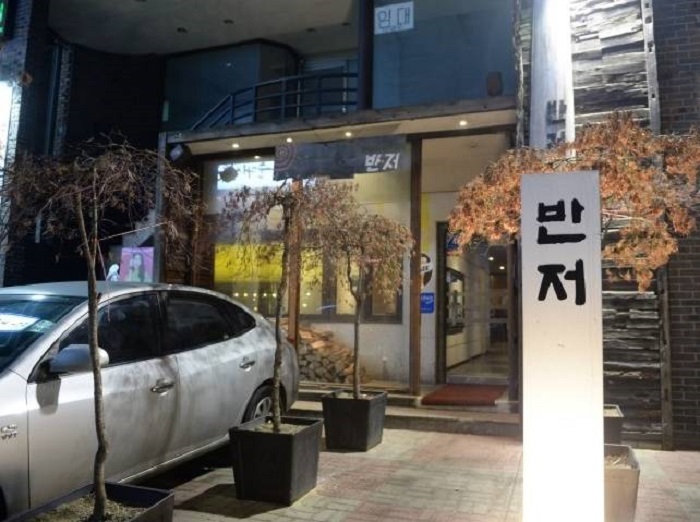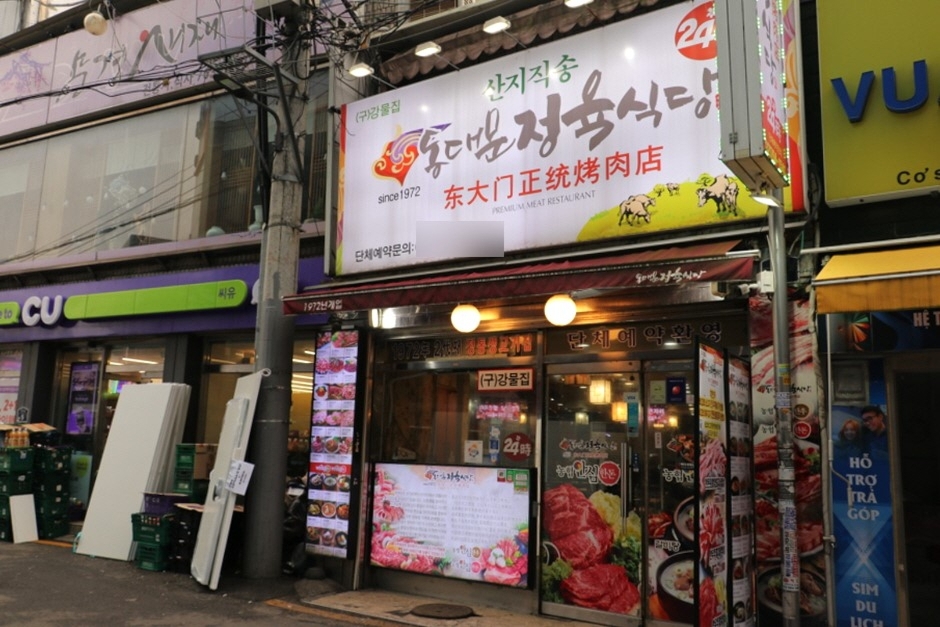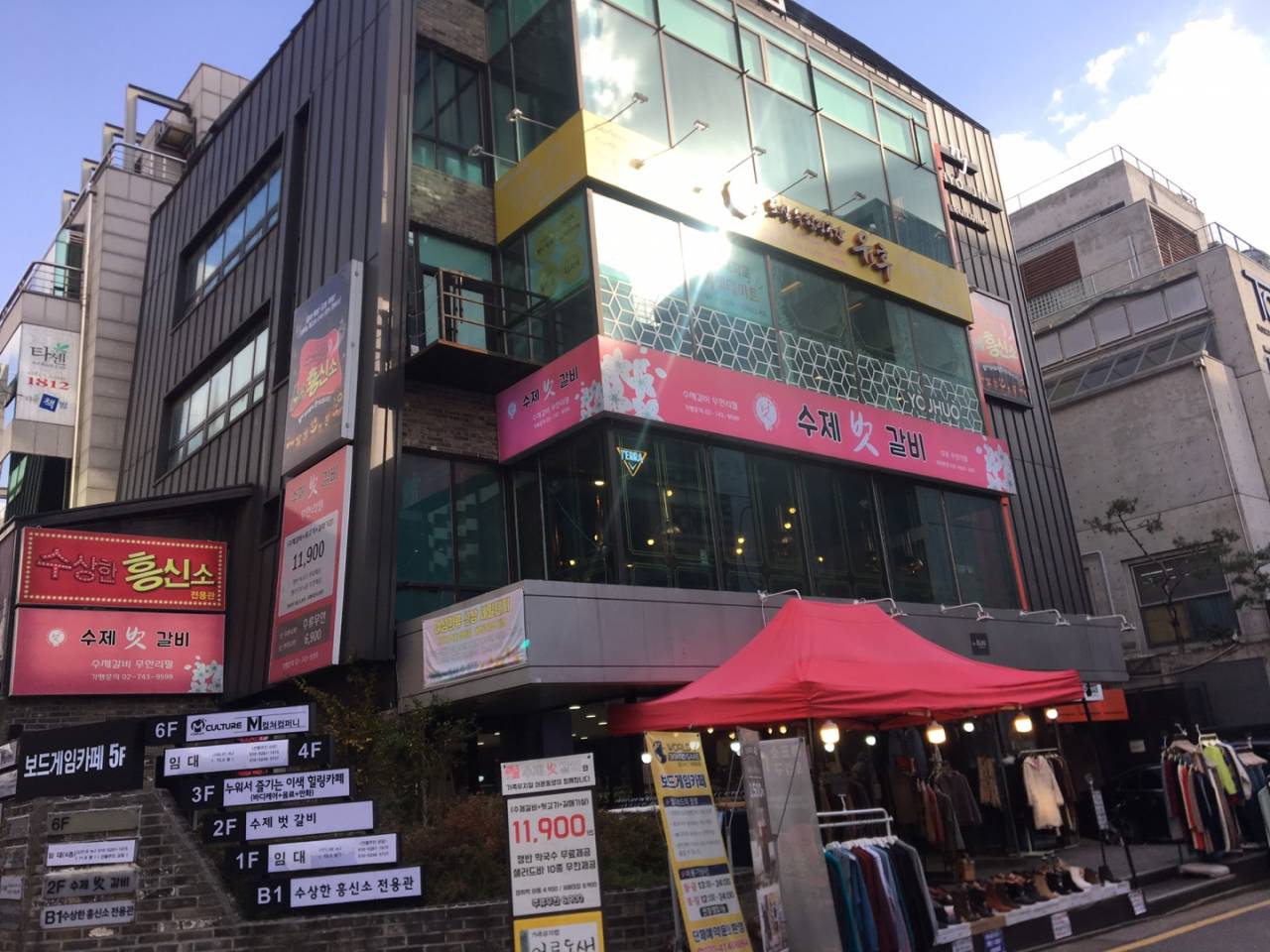Italy Moon - Daehakro Branch (이태리문 대학로)
2.9Km 2021-03-19
21, Daehak-ro, 12-gil, Jongno-gu, Seoul
+82-2-741-5353
This is a Western cuisine located in Daehak-ro, Seoul. The best menu at this restaurant is pizza. A restaurant offering discounts to student ID card holders.
Banjeo (반저)
2.9Km 2021-03-29
56, Daehak-ro 8ga-gil, Jongno-gu, Seoul
+82-2-742-9779
It's a great place to hold group dining and group meetings. This restaurant's signature menu is steamed pumpkin. This Korean dishes restaurant is located in Jongno-gu, Seoul.
Dongdaemun Jeongyuk Sikdang (동대문정육식당)
2.9Km 2024-03-15
7-3 Jong-ro 46ga-gil, Jongno-gu, Seoul
+82-2-764-1541
Dongdaemun Jeongyuk Sikdang is a butcher restaurant specializing in fresh meat located near Dongdaemun Fashion Town. They offer high-quality Korean beef and Korean pork sourced directly from the producers, allowing customers to choose cuts of meat according to their preferences at reasonable prices. Their savory soybean paste stew served in the center of the grill is also delicious. Customers can help themselves to additional side dishes like green onions threads and onion sauce at the self-service bar.
Suje Beotgalbi (수제벗갈비)
2.9Km 2021-03-18
79, Daehak-ro, 8ga-gil, Jongno-gu, Seoul,
+82-2-743-9599
A Korean BBQ restaurant. The best menu at this restaurant is grilled spareribs. This is a Korean cuisine located in Daehak-ro, Seoul.





 English
English
 한국어
한국어 日本語
日本語 中文(简体)
中文(简体) Deutsch
Deutsch Français
Français Español
Español Русский
Русский